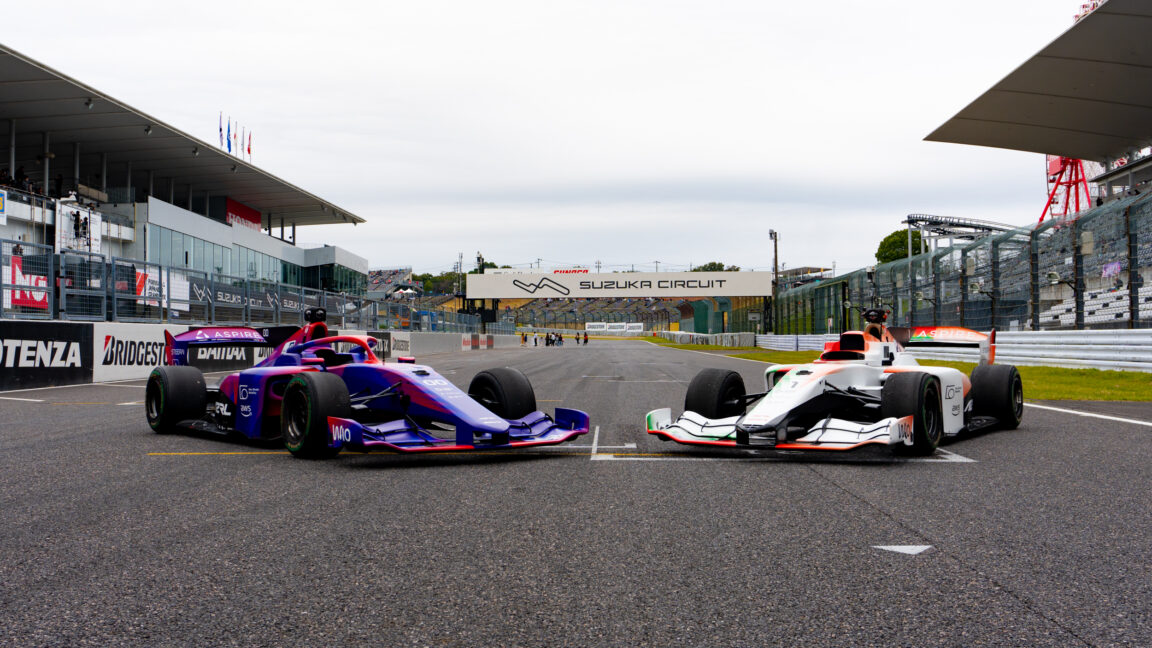Fitness
The line between gyms and spas is disappearing as fitness centres go after luxury clients

Trove, a wellness centre in downtown Toronto, was designed to be a gathering place for busy urban dwellers who want to relax and connect.Courtesy Trove
I’m lying in a dark room in downtown Toronto, legs enveloped in something that looks like a slinky spacesuit and feels like a boa constrictor. Wireless headphones on, I’m intermittently listening to a guided meditation and dozing as the inflatable spacesuit – or more accurately, the compression suit – uses air compression to massage my lower body, improving my blood circulation with each squeeze. Odd as it looks, this high-tech wellness procedure, which I’m trying at the newly opened Tonic Spa at The Well in downtown Toronto, has long been a part of elite athletes’ recovery arsenals, and for good reason. While it has traditionally been used to treat medical conditions, including lymphedema (tissue swelling caused by fluid build up) and poor circulation, it can also help improve muscle recovery and reduce soreness. And now, it’s available to those who aren’t world-class athletes, thanks to a wave of new spas offering next-level wellness treatments.
Tonic Spa, which opened in March and bills itself as a wellness and recovery hub, operates out of Sweat and Tonic, a boutique gym with locations in Toronto and Los Angeles. On offer: more common wellness fare, such as facials, massages and chiropractic care, as well as a variety of “high-touch” services. In addition to compression therapy, there’s also cryotherapy, red-light therapy, shockwave therapy, vitamin-rich IV infusions, Brazilian lymphatic drainage massage, ayurvedic treatments and acupuncture. While there’s an indoor saltwater pool that comes equipped with a hydrotherapy circuit, and a cozy lounge where guests can sip on soothing green tea or try an indulgent brownie, the vibe is less leisurely relaxation and more high-tech, fitness-adjacent preventative treatments for inside and out.
“As people are living longer than ever, they’re thinking ‘I want to be able to touch my toes when I’m 80,’” says Morgan Thomas, chief brand officer of Sweat and Tonic, who notes this is something she’s seeing across the company, including at the gym. “We have some classes with a more restorative focus – yoga classes, mobility flow, a spin class called Drive and Ride that starts out with stretching and meditation – and they’ve become more and more popular. I think a lot of that stems from people living longer, and wanting to [prioritize their physical and mental health].”
This mirrors what Tanya Kololian and Zoë Paliare are seeing, too. The co-founders of Trove, another new wellness concept in the heart of downtown Toronto, started their business after leaving jobs in the corporate world to deliver holistic wellness treatments that combine the best of technology and tradition. At Trove, a private sauna, ice bath room, salt cave and candlelit meditation room share space with an IV lounge, compression therapy services and red-light bed, which gently blasts the skin with low-level wavelengths of red or near-infrared light that can reduce inflammation, increase tissue repair and improve the skin’s texture. Broadly speaking, these types of treatments fall under the umbrella of biohacking, which involves using biology, genetics, neuroscience and nutrition to achieve a particular health outcome, whether that’s improving overall health, losing weight or boosting mental acuity.
Known for its fitness offerings, Sweat and Tonic recently launched an in-house spa that includes tech-focused treatments including body composition analysis.Courtesy Sweat and Tonic
Though it just opened in April, Trove has already acquired a dedicated roster of regular clients who want to access treatments that help mitigate the stress of their busy, postpandemic lives, holistically improve their health – and have scientific research to support their effectiveness.
“One of the things that’s so fundamental to Trove is this idea of marrying science and magic,” says Kololian. “What is the science [behind] the benefits of sitting in a salt cave, which releases negative ions? And how can we enhance this experience to make it even more beneficial, rejuvenating, replenishing and detoxifying, and all of the things that we’re committed to?” Paliare adds that they’re targeting savvy and educated professionals who want to know the services they’re investing in will achieve the desired outcomes.
Both of these spas also leverage another trend: the increasing popularity of wellness and fitness businesses as social spaces. Both Tonic and Trove have lounges where friends can congregate between treatments, turning what is usually a solo, and sometimes in-and-out, experience into a longer, communal one.
Of course, some companies are using technology to do the opposite. That is, give clients a refuge from the world – and better connect to themselves, as Paul Hennessey puts it.
“In an increasing world of hyperconnectivity, I wanted to create a space where people could disconnect from the outer world,” says Hennessey, founder of Vancouver sauna experience Circle Wellness.
At Circle, guests move through an open-air shower, cedar soaking tub, cold water plunge and a heated riverstone bed, ending with a stint in the company’s purpose-designed WellPod, a “multi-sensory 50 C salt sauna with a program of heat, light, sound and air,” according to the company’s website.
“Technology allows us to cue guests to different areas of the Circuit in our prescribed order, instead of relying on a spa attendant to provide instructions,” he says. “By leaning into technology, we can offer a private spa experience. Being able to take technology from other industries and use it in a new way serves our concept well.”
Whether solo or communal, it’s clear: technologically advanced treatments are taking the wellness world by storm, and considering the ever-rising popularity of once-niche, results-focused fitness trends like biohacking, they’re likely here to stay.









